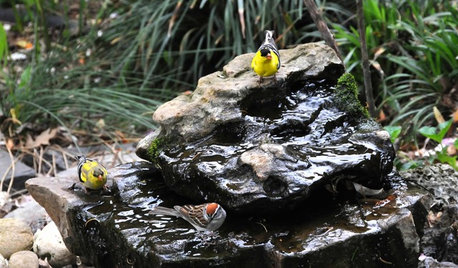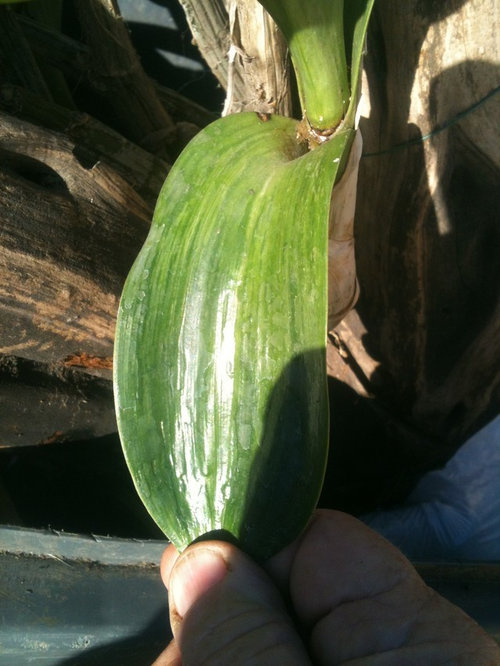Chlorophyllum break, a sign of virus.
orchidnick
10 years ago
Related Stories

GREEN BUILDINGThe Big Freeze: Inventors Break New Ground to Keep Things Cool
Old-fashioned fridges can be energy guzzlers, but there are more eco-friendly ways of keeping food fresh, as these global innovations show
Full Story
LIFEHow to Outsmart Backyard Critters
Learn to think like a raccoon, skunk or squirrel to keep your home safe and your garden intact
Full Story
CRAFTSMAN DESIGNMy Houzz: Small-Space Living in a Restored Bungalow
See how this homeowner celebrates his personal style, his flea market finds and the heritage of his 1919 Long Beach home
Full Story
OUTDOOR PROJECTSBring In the Birds With a Homemade Bubble Rock
An avian expert from Southern Indiana shows how to make a burbling fountain that migrating birds will love
Full Story
WINTER GARDENINGPruning Secrets for Exquisite Roses
Encourage gorgeous blooms year after year with this time-tested advice on how to prune your rosebush in winter for health and shape
Full Story
LIFETurn Off the Video Games and Turn On Your Kid's Creativity
Going nuts planning summer activities? Kids overdosing on screen time? It may be time to foster more self-directed play
Full StoryMore Discussions









saldut
thedogsLL
Related Professionals
Ballwin Landscape Architects & Landscape Designers · East Rancho Dominguez Landscape Architects & Landscape Designers · Fillmore Landscape Architects & Landscape Designers · Elgin Landscape Contractors · Peabody Landscape Contractors · Burlington Landscape Contractors · Caldwell Landscape Contractors · Deerfield Beach Landscape Contractors · Shafter Landscape Contractors · Burlington General Contractors · Centereach General Contractors · Fort Salonga General Contractors · Lake Forest Park General Contractors · Millbrae General Contractors · Sun Prairie General Contractorsjane__ny
orchidnickOriginal Author
orchidnickOriginal Author
orchidnickOriginal Author
thedogsLL
jbw1984
orchidnickOriginal Author
thedogsLL
orchidnickOriginal Author
jane__ny
arthurm
orchidnickOriginal Author
James _J
jane__ny
James _J
orchidnickOriginal Author
orchidnickOriginal Author
orchidnickOriginal Author
orchidnickOriginal Author
jane__ny
vtandrea
orchidnickOriginal Author